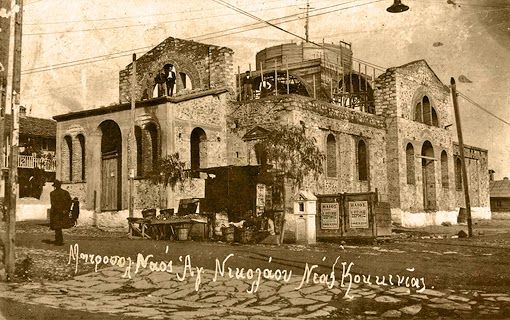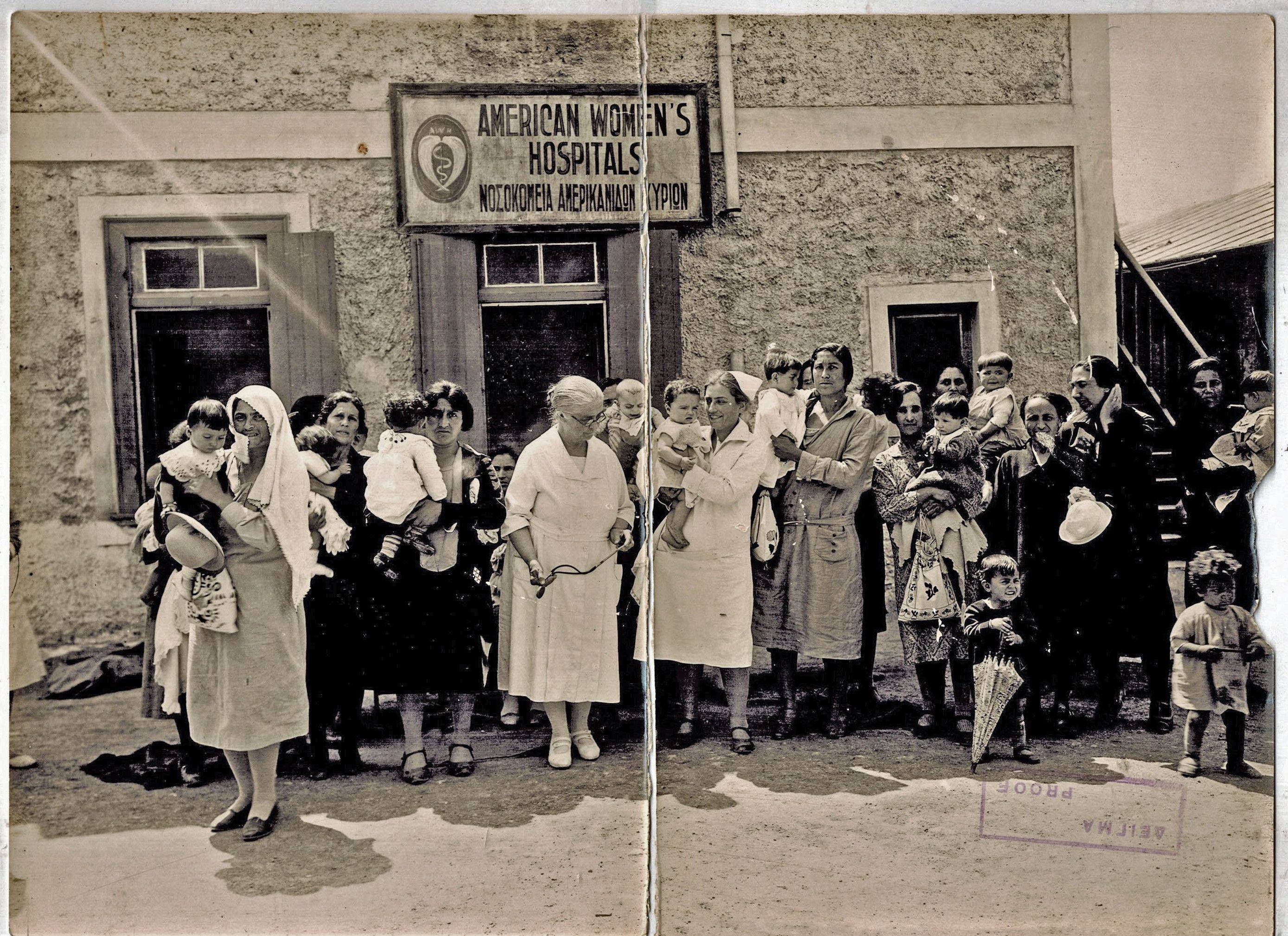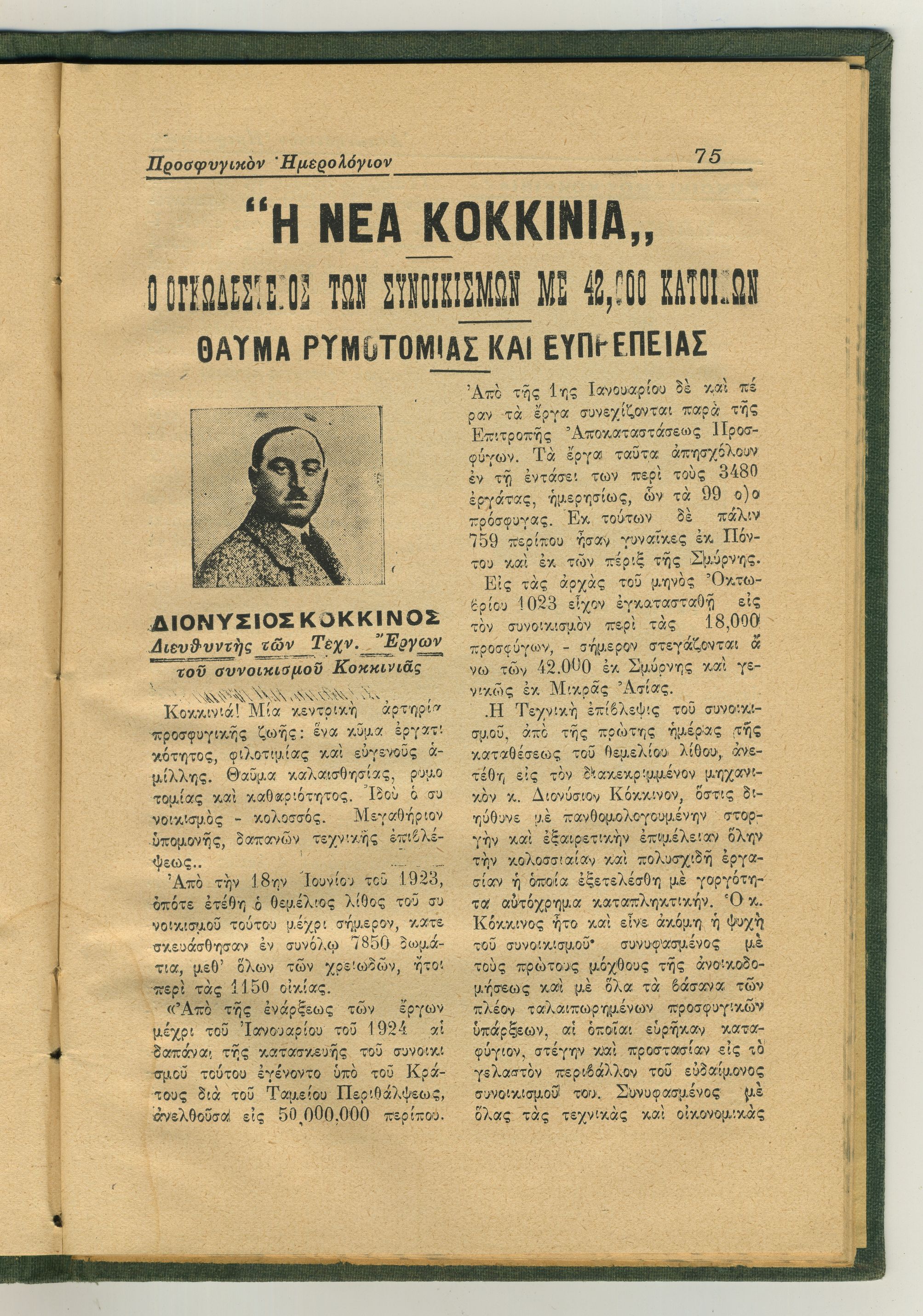The Agios Nikolaos Square, one of the three squares of the original refugee settlement and perhaps the most central one, might appear to the casual observer like a typical example of the squares commonly found in the refugee neighbourhoods of Piraeus. However, a more discerning eye can identify a mosaic of successive population movements that took place through this square over the course of a century.
Nikaia - Peiraeus
The establishment of the Refugee Care Fund in November 1922 reflected the necessity of finding a substantial solution to the issue of refugee housing at a central political level. One of the first projects of the Refugee Care Fund was, at the beginning of 1923, the carrying out of a topographic study in the northern boundaries of the Municipality of Piraeus, in the area along the Kanapitsi stream. In the area that a few years later would form the southernmost part of the later Municipality of Nea Kokkinia, next to the stream.
Tens of makeshift residential clusters were created around the centre of Piraeus in the first weeks after the arrival of the refugees in September 1922. Some of them evolved into actual neighbourhoods. One of these makeshift residential enclaves was created on the northern border of the Municipality of Piraeus, on the banks of the Kanapitseri stream, and it quickly evolved into the Nea Kokkinia settlement. The originally erected tents and shacks soon became an entire city, whose core was the residential cluster designed by the Refugee Relief Fund and the Refugee Settlement Commission as part of a central housing scheme.
The refugees’ new living conditions in the Greek society created an urgent need for collective organisation. The refugees soon established associations, unions and clubs initially aimed at providing aid and assisting with bureaucratic procedures, such as issuing the identification certificates necessary for the naturalisation process.
One of the first tasks undertaken by the Refugee Relief Fund at the beginning of 1923 was to conduct a topographic survey of the northern boundaries of the Municipality of Piraeus, in the area along the Kanapitseri stream. A few years later this area would constitute the southern part of what eventually became the Municipality of Nea Kokkinia.














